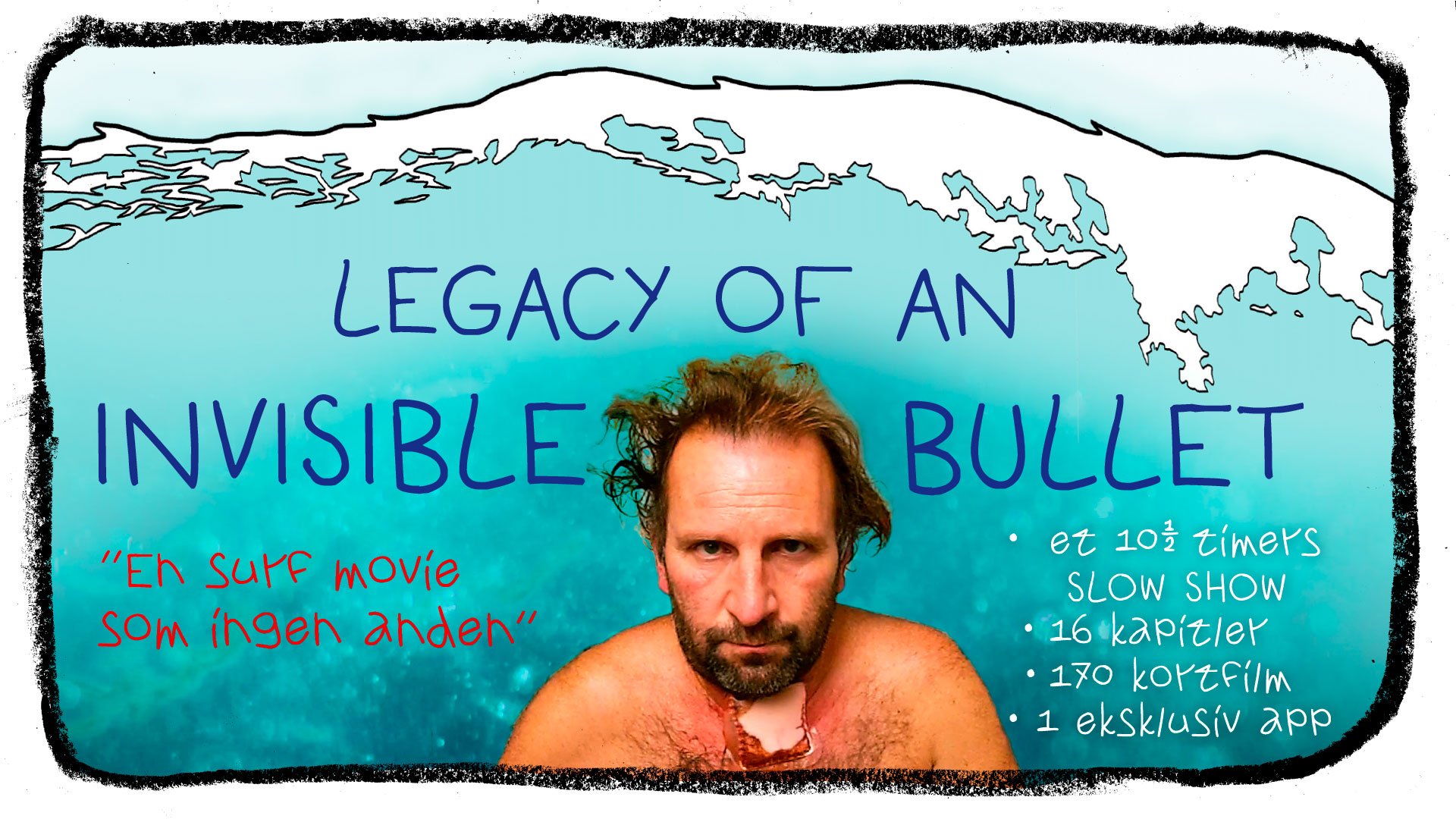Slow Show Notes - Legacy of an Invisible Bullet
How to begin? A multifarious , multimedia project existing in various formats - standalone feature, 170 short films, phone app. Viewing possible as a linear experience or construct your own sequence. Watch on your phone, in a cinema, in an art gallery.
How to respond to this capacious container of ideas and provocations? How to make sense out of what might seem at first glance a deeply personal story of illness and change - a film maker used to working in crisis and conflict ridden situations turning the camera on themselves.
There is a weighty amount of material here and part of the very self-aware film making process, which often foregrounds its technical means of production, has been to find an appropriate form to contain and illuminate all these multiple aspects: - a diary of an illness from diagnosis through treatment to recovery, a reflection on the past through extended use of archive, encompassing meditative intimate moments, rants , memories, politics, families, love, reflections on class, on war, the role of documentary and what happens when the camera is turned towards scenes of distress, conflict and trauma.
When first watching the original 17 hours of footage it soon became apparent that various themes and oppositions could be identified through the gradual emergence of specific recurring motifs - life/ death/ mortality, mirroring, water, mutation, the armoured body and the camera as armour, the eye(I) of the camera, observer/observed, history and geography - displacement and estrangement, two cities Glasgow/ Copenhagen. All of this is supplemented and enhanced by the specially composed music score and graphic art providing rhythmic and emotional underpinning.
There is also the use of the female avatar /actor who provides another perspective - sometimes harsher and more distanced - on the divisions of the self and the performance of gender and
masculinity embodied in assumptions about the role of the filmmaker and the male response to illness and the need to acknowledge frailty and vulnerability. A method of providing a visible suggestion of the unconscious and the split subject supplemented by the music and the drawings.
A carefully constructed and shaped form, then but one that seeks to avoid cliche and tired formatting. The personal ‘journey“, or the “battle against an illness - tropes which require and get appropriate critiques during the unfolding of the films. Films (a slow cinema), which seem to demand a curious and attentive spectator who may find themselves excited, enraged, puzzled, provoked, ambivalent but which allows multiple possible responses - gaps which can only be filled by the viewer with their own experiences, knowledge and reasoning.
It is probably a difficult cultural moment for this kind of film making even if conflict and war, illness and trauma are all around us.
Perhaps it is apt to quote from a Danish existentialist thinker: “the present age is essentially sensible, reflective, dispassionate, eruptive in its fleeting enthusiasms and prudently indolent in its relaxation.” Soren Kierkegaard writing in 1846 uses a book review (The Present Age) as starting point for an extended ironic meditation on what seems to him a formless and superficial era dominated by triviality and know it all attitudes. The danger is a nihilistic inertia or a willingness to put up with received ways of doing things. A search for consolation rather than questioning, an avoidance of difficult or life changing choices. Have we been living in such a time? An era in which faced with proliferating, truly existential crises - pandemic, continual war and conflict, climate change, increasing poverty and inequality, lack of solidarity and unravelling of social bonds - it has been easier to play safe, to go along with existing conventions, to satisfy existing public expectations.
Is there a “public” for this type of filmmaking any more? Is there a supportive critical environment outside the confines of academia or perhaps not even there? In a context where there is an extreme formatting of the generic forms and types of audiences it is hard for the genuinely new and challenging to break out. Critical art tends to get confined to a narrow range of spaces and becomes culturally marginalised. A radical, bold, independent cinema can survive, but at the moment its prospects for wider distribution seem limited. The industrial dominance of the series, the franchise, the sequel, the spin-off, outmoded assumptions about the possibilities of film narrative and the timidity and conventional assumptions of many commissioning bodies and funding agencies, have made the present age a precarious one for anyone who wants to be adventurous, playful, visionary, politically challenging.
The necessity of working on and through images remains crucial. This gives us the chance of new articulations of the sensible - the chance of new modes of perception and affection which are vital for any chance of creating more diverse and politically informed artistic practices. This
might be difficult and a source of dissatisfaction as it works against the prevailing consensual norms.
To paraphrase Jacques Ranciere “image work” suggests the need to define the images of artworks not as imitations of reality but as the results of operations - not as simple units but as relations - not as resemblances but as alterations.
Obviously a film will have a specific temporal sequence, an order of succession, an order of causality. Each film will have its own way of linking a particular visible form to another, to tie the visible to spoken words, to a certain structuration of time, to a specific use of space. What makes this difficult is that there is a
resistance of the image as well. This challenges the intention of the producers of the image who might hope that it produces a particular mode of reception, a particular way of seeing, of being affected and a particular interpretation. Images are not just passively received and absorbed, nor is there reception predetermined by the artistic operations which may try to control how they are read. Ranciere’s concept of the ‘sentence image” is helpful here in thinking through the idea of enchainment and interruption, of distancing and continuity, of an articulation without a precise destination. This price offers the possibility of a misidentification and displacement of the conventional ways of tying knots between words, images, objects and places.
Faced with a media saturated world, image work is art and research which tries to generate dissatisfaction and disagreement with the existing ways of seeing and doing. Is it possible to create counter-images to the current consensus - to go ‘against the grain”? Legacy of an invisible Bullet can be placed in this general context, but the personal aspect retains its significance and specific resonances. Universality can’t be reached without the difficult particular case. The work registers suffering and anger with the state of the world, the class structure and the media industry, but also shows us moments of affection and doubt.
It is undoubtedly a complex staging of a particular life experience, which some will find difficult to accept. However, the open-ended form is generous in offering us spaces for reflection and can take its place alongside all those other works which have tried to help us to dream ...differently.
David Imrie, Spring 2022


